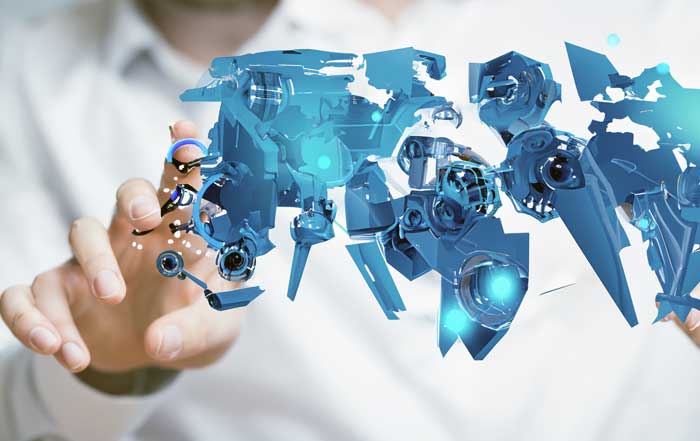Robotics has been around since the early 1950’s, but technology has advanced rapidly over the past few decades, leading to robotics being used in nearly every industry and sector. As robotics technology continues to evolve, the impact it has on humans is becoming increasingly apparent. In this article, we will explore the impact of robotics on humans, from the positive aspects to the negatives, and how it might shape our lives in the future.
The biggest positive impact of robotics on humans is the amount of time and effort it takes humans away from mundane, mundane tasks, freeing them up for more creative and engaging activities. Robots can be programmed to take on a variety of tasks, from assembly line production to medical procedures, relieving human workers of the need to perform these same duties. This allows humans to focus on developing new ideas and concepts, and to think more freely about their work. Additionally, robots can take on dangerous tasks, reducing the risk that humans would normally face.
Robotics also has the potential to improve the quality of life for all humans, from those living in poverty to those in the highest echelons of society. In the medical world, robots can perform precise and delicate surgeries, often with a higher degree of accuracy than a human surgeon. In terms of manufacturing, robotics may help reduce costs and increase the efficiency of the production process. In the home, robots can provide assistance with chores, such as vacuuming and cleaning, reducing the burden on the family.
While the positive aspects of robotics are far-reaching, the potential negatives should not be overlooked. As the technology advances, robots will be increasingly capable of taking on tasks traditionally performed by humans, potentially leading to job losses and a decrease in the number of available jobs. Moreover, robots are typically programmed to perform tasks in a certain way, and this can lead to a lack of creativity and spontaneity in the workplace. Additionally, robots may be vulnerable to cyber attacks, meaning that sensitive data could be compromised or used in malicious ways.
Despite these potential risks, robotics continue to have a positive impact on humans. As the technology advances, robots are becoming more adept at completing various tasks, from medical procedures to manufacturing. The potential for robots to improve our quality of life is limitless, and the long-term effects of robotics on humans are yet to be seen.
The future of robotics is unclear, but it is certain that it will continue to have an impact on humans in the decades to come. As the technology advances, robotics will become increasingly integrated into our lives, and the potential benefits of robotics will become more apparent. It is important that we consider the potential risks and negatives associated with robotics, and ensure that these are properly addressed. Ultimately, robotics could be an invaluable tool for improving the lives of humans, and the future of robotics is one that should be embraced with both caution and optimism.

